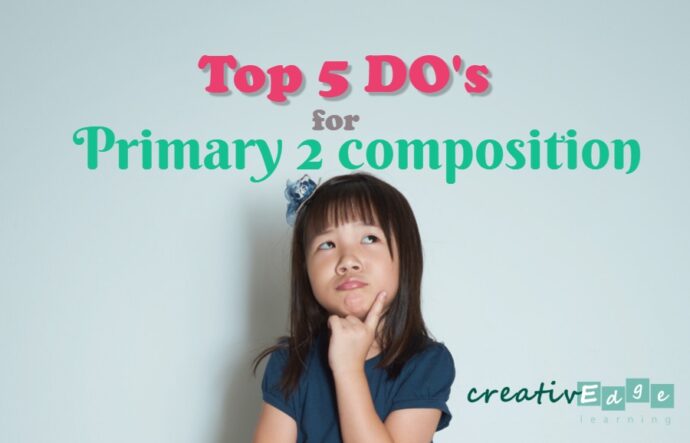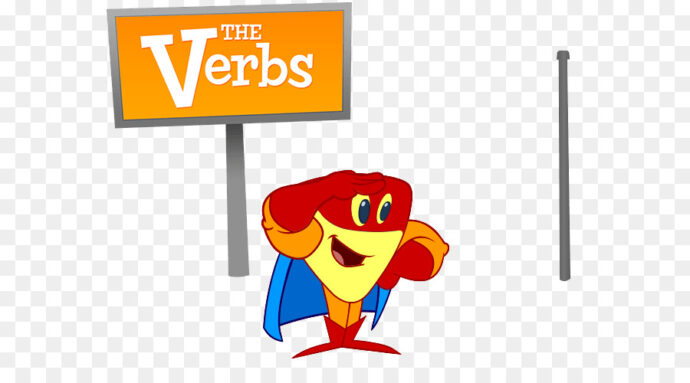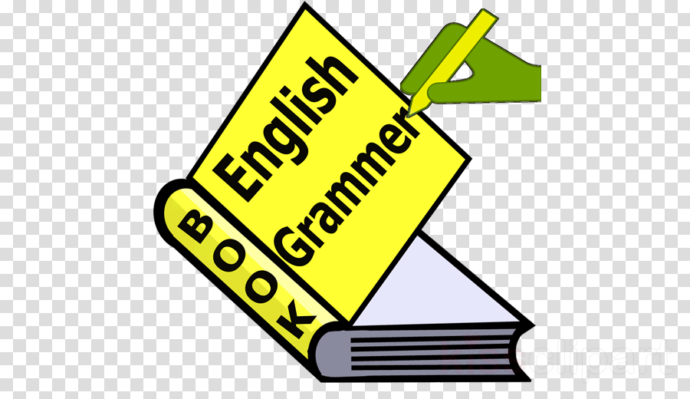
Writing a 4 picture composition topic can be rather daunting for Primary 2 pupils. Many pupils either do not know how to write a story sequentially or they are unable to properly express their ideas. By taking note of the important areas of concern, composition writing can be made easier.
1) DO plan the story structure
Writing a story without proper planning is skipping the most important step that young writers must learn for story writing. The outcome is that the young pupils still would not know the proper narrative structure which makes a complete story.
Planning a story structure provides clear steps for young writers to follow. In this way, they can easily understand the main structure of the story and what is the content to be included in the introduction, body and conclusion paragraphs.
When younger writers have an idea of what to expect for each of the paragraphs, the task of writing will not seem so challenging to them.
Do read our post on how to plan a 4 picture composition using the SPACE planning strategy.
2) DO see beyond the 4 pictures

It is common that young writers write a 4 picture composition simply by describing each of the four pictures. Such a way of writing is merely picture description, not story writing.
The main purpose of a 4 picture composition topic is to use the 4 pictures to provide pupils with a general idea of the chain of events which make up one main incident. This means there are gaps that must be filled to create a complete story.
Young writers must be taught to use their writing imagination to visualise the actions happening between the pictures. These actions are the most important details to closing the gaps and hence forming a complete story.
3) DO learn to write sequentially

When Primary 2 pupils attempt to write a story, it is common to spot action gaps or non-sequential content. This results in a confusing or illogical story. Pupils should learn to write the story by focusing on the main character’s actions. In this way, the story sequence will move smoothly along one track as it is written from the main character’s perspective.
Pupils should also refrain from description of physical characteristics and objects, unless the description is necessary to the story.
The story should always focus on the actions of the main character as well as the relevant secondary characters.
4) DO focus on language skills for sentence writing

For Primary 2 pupils, the building of language skills is just as important as the learning of writing skills. Besides knowing what to write, in terms of content, pupils must be able to express their ideas in a way that the reader can clearly understand.
Language skills is the key element to good expression. For primary 2 pupils, good expression can be developed by emphasizing the following:
4a) Learn the sentence starters to improve sentence fluency
Ideally, sentences should “flow” to a reader. To achieve such a flow, there should be variety in the sentence structures.
However, most Primary 2 pupils often write sentences with simple sentence structures.
An example is He walked to the canteen. He saw that there was a long queue at his favourite stall. He decided not to join the queue.
Beginning consecutive sentences in the same way reduces the sentence variety. To a reader, the story will lack the flow for pleasant reading.
Pupils should learn to use sentence starters such as “Suddenly”, “Immediately” and “Fortunately” to ensure that sentences are not always written using the same sentence structures.
4b) Build the vocabulary for better expression
Many Primary 2 pupils make use of common words to write their stories. Such common words lack the precision of specific vocabulary words which allows the reader to visualise the story as he reads it.
For instance, “said” is a common verb while a verb such as “muttered” can effectively show how the character was complaining softly to himself.
For Primary 2 pupils, the learning of specific verbs (for actions) and adjectives (for feelings) is a vital component of building the language skills.
5) DO focus on precise use of grammar

As Primary 2 pupils learn to write, it is common that many pupils make punctuation, spelling and capitalisation errors.
It is important to minimise such grammatical errors. Grammatical accuracy is not only important for the writing of 4 picture composition topics but also for Paper 2 components like synthesis and comprehension.
In our weekly Primary 2 English and writing classes, we provide structured learning and reinforcement of the above areas of emphasis, do contact us to find out more.



